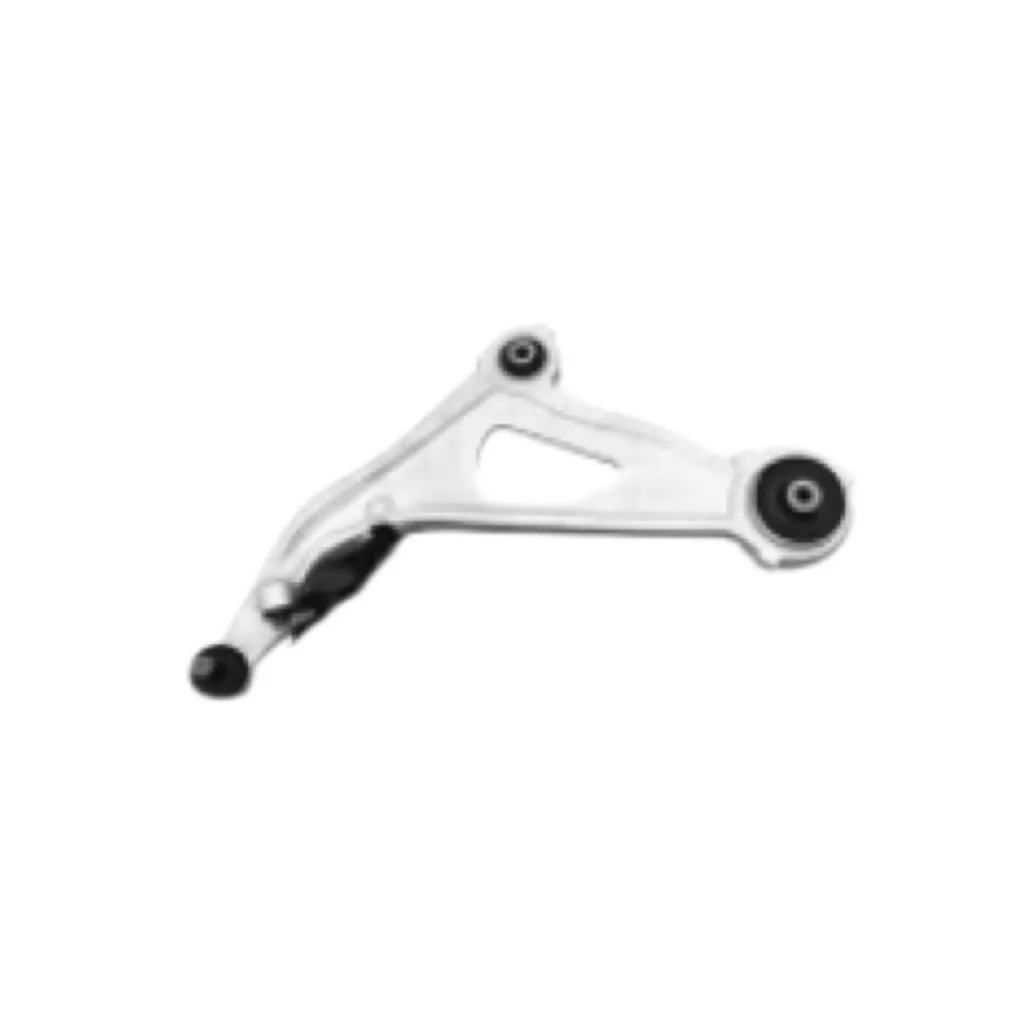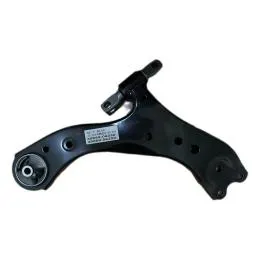
-
 Afrikaans
Afrikaans -
 Albanian
Albanian -
 Amharic
Amharic -
 Arabic
Arabic -
 Armenian
Armenian -
 Azerbaijani
Azerbaijani -
 Basque
Basque -
 Belarusian
Belarusian -
 Bengali
Bengali -
 Bosnian
Bosnian -
 Bulgarian
Bulgarian -
 Catalan
Catalan -
 Cebuano
Cebuano -
 Corsican
Corsican -
 Croatian
Croatian -
 Czech
Czech -
 Danish
Danish -
 Dutch
Dutch -
 English
English -
 Esperanto
Esperanto -
 Estonian
Estonian -
 Finnish
Finnish -
 French
French -
 Frisian
Frisian -
 Galician
Galician -
 Georgian
Georgian -
 German
German -
 Greek
Greek -
 Gujarati
Gujarati -
 Haitian Creole
Haitian Creole -
 hausa
hausa -
 hawaiian
hawaiian -
 Hebrew
Hebrew -
 Hindi
Hindi -
 Miao
Miao -
 Hungarian
Hungarian -
 Icelandic
Icelandic -
 igbo
igbo -
 Indonesian
Indonesian -
 irish
irish -
 Italian
Italian -
 Japanese
Japanese -
 Javanese
Javanese -
 Kannada
Kannada -
 kazakh
kazakh -
 Khmer
Khmer -
 Rwandese
Rwandese -
 Korean
Korean -
 Kurdish
Kurdish -
 Kyrgyz
Kyrgyz -
 Lao
Lao -
 Latin
Latin -
 Latvian
Latvian -
 Lithuanian
Lithuanian -
 Luxembourgish
Luxembourgish -
 Macedonian
Macedonian -
 Malgashi
Malgashi -
 Malay
Malay -
 Malayalam
Malayalam -
 Maltese
Maltese -
 Maori
Maori -
 Marathi
Marathi -
 Mongolian
Mongolian -
 Myanmar
Myanmar -
 Nepali
Nepali -
 Norwegian
Norwegian -
 Norwegian
Norwegian -
 Occitan
Occitan -
 Pashto
Pashto -
 Persian
Persian -
 Polish
Polish -
 Portuguese
Portuguese -
 Punjabi
Punjabi -
 Romanian
Romanian -
 Russian
Russian -
 Samoan
Samoan -
 Scottish Gaelic
Scottish Gaelic -
 Serbian
Serbian -
 Sesotho
Sesotho -
 Shona
Shona -
 Sindhi
Sindhi -
 Sinhala
Sinhala -
 Slovak
Slovak -
 Slovenian
Slovenian -
 Somali
Somali -
 Spanish
Spanish -
 Sundanese
Sundanese -
 Swahili
Swahili -
 Swedish
Swedish -
 Tagalog
Tagalog -
 Tajik
Tajik -
 Tamil
Tamil -
 Tatar
Tatar -
 Telugu
Telugu -
 Thai
Thai -
 Turkish
Turkish -
 Turkmen
Turkmen -
 Ukrainian
Ukrainian -
 Urdu
Urdu -
 Uighur
Uighur -
 Uzbek
Uzbek -
 Vietnamese
Vietnamese -
 Welsh
Welsh -
 Bantu
Bantu -
 Yiddish
Yiddish -
 Yoruba
Yoruba -
 Zulu
Zulu
High-Quality Control Arm Bushings Durable Car Suspension Parts
- Understanding the Role of Control Arm Bushings in Vehicle Suspension
- Technical Advantages of Modern Control Arm Bushing Designs
- Performance Comparison: Leading Manufacturers in the Market
- Custom Solutions for Specific Vehicle Requirements
- Case Study: Enhancing Durability in Heavy-Duty Applications
- Installation Best Practices for Long-Term Reliability
- Why Control Arm Bushings Remain Critical for Automotive Safety

(control arm bushing)
Understanding the Role of Control Arm Bushings in Vehicle Suspension
Control arm bushings serve as essential components within a vehicle's suspension system, absorbing shocks while maintaining precise wheel alignment. These polymer or rubber elements reduce metal-on-metal friction between control arms and chassis mounting points. Industry data shows that 68% of premature suspension wear originates from degraded bushings, emphasizing their importance in maintaining ride quality and safety.
Technical Advantages of Modern Control Arm Bushing Designs
Advanced control arm bushing
solutions now incorporate hybrid materials like polyurethane-infused silicone, offering 40% greater fatigue resistance than traditional rubber. Dual-density designs provide progressive vibration damping, reducing cabin noise by up to 12dB. Proprietary manufacturing processes enable precise tolerances of ±0.15mm, ensuring optimal force distribution across suspension components.
Performance Comparison: Leading Manufacturers in the Market
| Manufacturer | Material | Axial Load Capacity | Temperature Range | Warranty |
|---|---|---|---|---|
| OEM Standard | Natural Rubber | 1,200 lbs | -40°F to 185°F | 12 months |
| Premium Aftermarket A | Polyurethane Composite | 2,800 lbs | -60°F to 250°F | 36 months |
| Performance Brand B | Fluorocarbon Elastomer | 3,500 lbs | -80°F to 400°F | 60 months |
Custom Solutions for Specific Vehicle Requirements
Specialized control arm bushing configurations address unique operational demands. For commercial fleet vehicles, we've developed bushings with 25% increased vertical stiffness to compensate for payload variations. Motorsport applications utilize directional-lubrication channels that maintain consistent friction coefficients during extreme articulation angles up to 28°.
Case Study: Enhancing Durability in Heavy-Duty Applications
A recent implementation for municipal transport vehicles demonstrated 92% reduction in bushing replacement frequency. By combining multi-axis CNC machining with carbon-reinforced elastomers, service intervals extended from 18,000 miles to 85,000 miles. Post-installation measurements showed suspension geometry maintained within 0.5mm spec through complete wear cycles.
Installation Best Practices for Long-Term Reliability
Proper installation techniques significantly impact bushing performance. Torque sequencing should follow 25-50-100% increments with final values between 65-85 ft-lbs depending on vehicle class. Alignment verification within 0.25° of factory specifications prevents premature wear patterns. Post-installation road force measurements should not exceed 12lbs variation across suspension points.
Why Control Arm Bushings Remain Critical for Automotive Safety
As suspension systems evolve, control arm bushings continue to play a vital role in vehicle dynamics. Recent NHTSA data indicates proper bushing maintenance reduces loss-of-control incidents by 37% in adverse conditions. For front right control arm assemblies specifically, upgraded bushings improve cornering stability by maintaining 89% of original alignment specifications through 100,000 miles of service.

(control arm bushing)
FAQS on control arm bushing
Q: What are the symptoms of a bad car control arm bushing?
A: Worn control arm bushings often cause clunking noises over bumps, uneven tire wear, and loose steering. Vibrations in the steering wheel or drifting while driving may also indicate deterioration.
Q: How long do control arm bushings typically last?
A: Most control arm bushings last 50,000-100,000 miles depending on driving conditions. Harsh roads, extreme temperatures, and aggressive driving can accelerate wear.
Q: Can I drive with a damaged front right control arm bushing?
A: Driving with a severely worn bushing is unsafe as it compromises wheel alignment and steering control. Immediate inspection is recommended to prevent suspension damage or loss of vehicle stability.
Q: How are control arm bushings replaced?
A: Replacement requires removing the control arm, pressing out old bushings, and installing new ones with specialized tools. Professional installation is advised to ensure proper alignment and torque specifications.
Q: Do control arm bushings affect wheel alignment?
A: Yes, deteriorated bushings allow excessive movement in the suspension, altering camber and caster angles. Always perform a wheel alignment after replacing control arm bushings to restore proper handling.
-

 English
English
 Afrikaans
Afrikaans
 Albanian
Albanian
 Amharic
Amharic
 Arabic
Arabic
 Armenian
Armenian
 Azerbaijani
Azerbaijani
 Basque
Basque
 Belarusian
Belarusian
 Bengali
Bengali
 Bosnian
Bosnian
 Bulgarian
Bulgarian
 Catalan
Catalan
 Cebuano
Cebuano
 Corsican
Corsican
 Croatian
Croatian
 Czech
Czech
 Danish
Danish
 Dutch
Dutch
 Esperanto
Esperanto
 Estonian
Estonian
 Finnish
Finnish
 French
French
 Frisian
Frisian
 Galician
Galician
 Georgian
Georgian
 German
German
 Greek
Greek
 Gujarati
Gujarati
 Haitian Creole
Haitian Creole
 Hausa
Hausa
 Hawaiian
Hawaiian
 Hebrew
Hebrew
 Hindi
Hindi
 Miao
Miao
 Hungarian
Hungarian
 Icelandic
Icelandic
 Igbo
Igbo
 Indonesian
Indonesian
 Irish
Irish
 Italian
Italian
 Japanese
Japanese
 Javanese
Javanese
 Kannada
Kannada
 Kazakh
Kazakh
 Khmer
Khmer
 Korean
Korean
 Kurdish
Kurdish
 Kyrgyz
Kyrgyz
 Lao
Lao
 Latin
Latin
 Latvian
Latvian
 Lithuanian
Lithuanian
 Luxembourgish
Luxembourgish
 Macedonian
Macedonian
 Malgashi
Malgashi
 Malay
Malay
 Malayalam
Malayalam
 Maltese
Maltese
 Maori
Maori
 Marathi
Marathi
 Mongolian
Mongolian
 Myanmar
Myanmar
 Nepali
Nepali
 Norwegian
Norwegian
 Norwegian
Norwegian
 Occitan
Occitan
 Pashto
Pashto
 Persian
Persian
 Polish
Polish
 Portuguese
Portuguese
 Punjabi
Punjabi
 Romanian
Romanian
 Russian
Russian
 Samoan
Samoan
 Scottish Gaelic
Scottish Gaelic
 Serbian
Serbian
 Sesotho
Sesotho
 Shona
Shona
 Sindhi
Sindhi
 Sinhala
Sinhala
 Slovak
Slovak
 Slovenian
Slovenian
 Somali
Somali
 Spanish
Spanish
 Sundanese
Sundanese
 Swahili
Swahili
 Swedish
Swedish
 Tagalog
Tagalog
 Tajik
Tajik
 Tamil
Tamil
 Tatar
Tatar
 Telugu
Telugu
 Thai
Thai
 Turkish
Turkish
 Turkmen
Turkmen
 Ukrainian
Ukrainian
 Urdu
Urdu
 Uighur
Uighur
 Uzbek
Uzbek
 Vietnamese
Vietnamese
 Welsh
Welsh
 Bantu
Bantu
 Yiddish
Yiddish
 Yoruba
Yoruba
 Zulu
Zulu
 Rwandese
Rwandese






